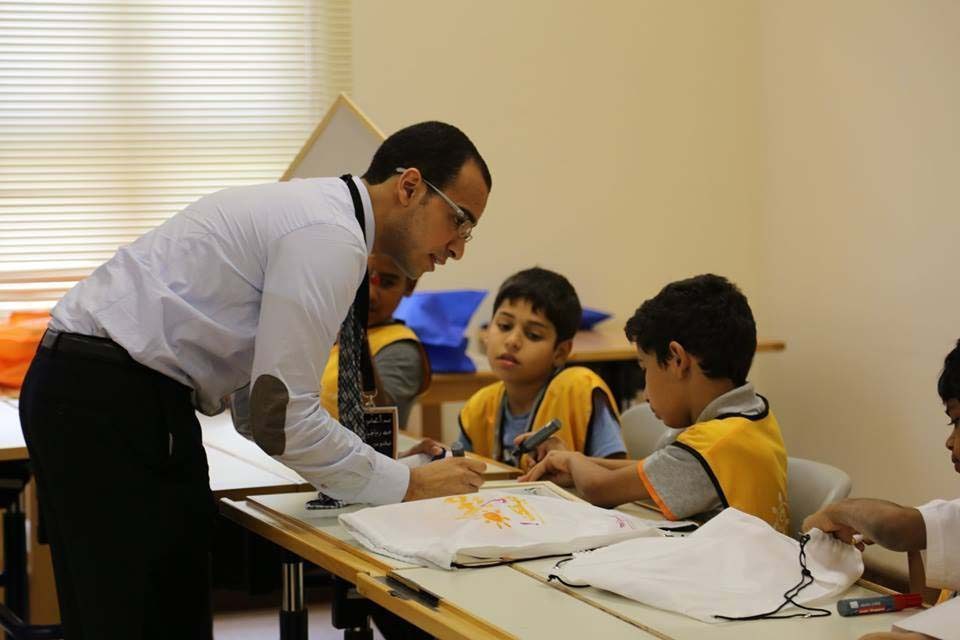
Qatar must do more to utilize the full talent of its teenagers and young adults, a new report has said.
According to the World Economic Forum (WEF)’s Human Capital Report 2016 released this week, children under the age of 14 years old in Qatar are getting a good education.
But that is not translating into economic benefit for the country as these young people get older.

That’s why Qatar ranked an impressive 32nd out of a total of 130 countries in the 0-14 age group when it came to realizing potential.
But the country then fell to 72nd in the 15-24 years old category, and 82nd for the 24-54 years old group.
However, its overall ranking – 66th – still places it near the top of the table compared to its MENA peers.
High scores for primary education
Qatar’s high ranking in the under-14s group is boosted significantly by high enrollment rates in primary and secondary schools.
It is also aided by a high score in a WEF survey of Qatar parents last year, which asked residents how well they regarded the education system in the country.

Based on those responses, Qatar ranked second in the world in terms of the quality of its education system as a whole, and ninth in terms of the quality of its primary education.
The index does not use academic results as a way of assessing the quality of education in each country. However, it does rank Qatar as 72nd in the world in terms of youth literacy, based on UNESCO figures.
Low university enrollment rates
Meanwhile, Qatar fell in the rankings for those aged 15-24 because many students (both expats and Qataris) do not enroll in either vocational training or university after school.
The country was also pulled down by a poor secondary attainment rate – the percentage of the population with at least a high school education.

Qatar is however lauded by the report’s authors for having a very low youth (15-24) unemployment rate, coming third in the world in this regard.
A full breakdown of Qatar’s results by age group is here.
A skills gap
The Human Capital Report seeks to demonstrate how well individual countries are able to unlock the potential of their populations through education and employment.

Its findings show that Qatar is certainly not the only country providing a good education for its children, only to see a falling-away of this benefit later on.
This pattern is one shared by many countries in the rankings, and one that has led the report’s authors to conclude that many nations are failing their young people by not equipping them with the relevant skills to transition successfully from education to employment.
Among the best in the region
Regardless of the challenges it faces, Qatar is faring better than many of its Gulf neighbors, including the UAE, Saudi Arabia and Kuwait, the WEF report stated.

In the MENA region, Israel tops the list at 23rd, and Bahrain – which is included this year for the first time – is the highest ranking GCC country at 46th.
The UAE comes fourth, and Qatar’s neighbor Saudi Arabia scores poorly, coming in at 87th overall.
The report’s authors argue that while they are holding their own in the mid-range of the rankings, wealthy countries like Bahrain, Qatar and the UAE could do more to boost their human capital performance.
“Economic factors alone are an inadequate measure of a country’s ability to successfully leverage their human capital potential,” it said.
How the report is compiled
To reach its conclusions, the Human Capital Index’s authors analyzed a mix of public and private data relating to 130 nations around the world.

The index looked at 46 different indicators, half of which are about education, and half about employment.
Data for these indicators comes from publicly available data from a variety of courses such as the International Labour Organization (ILO) and the World Health Organization (WHO), as well as survey data from the WEF’s own Executive Opinion Survey.
You can view the entire report here.
Thoughts?







